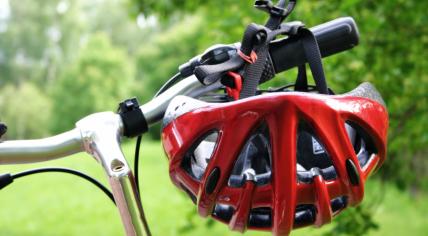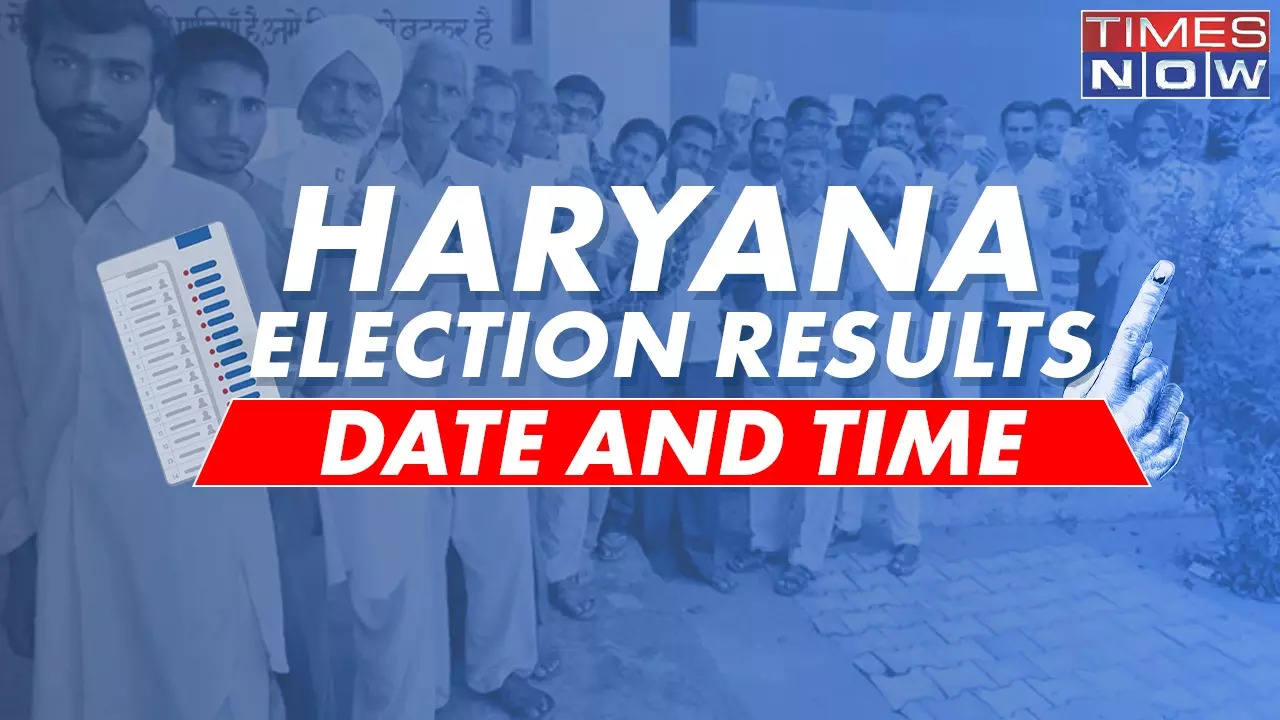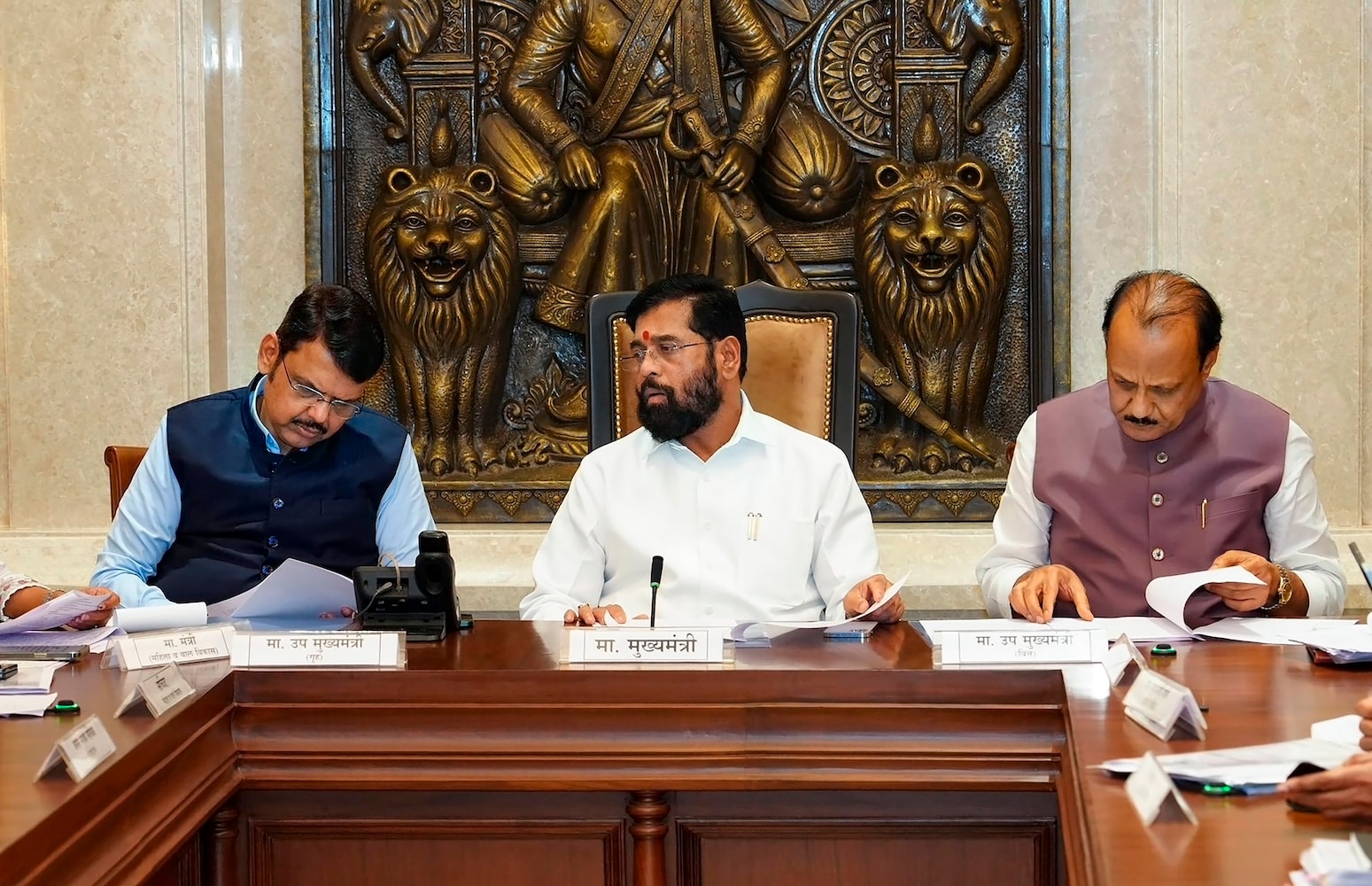
A study in the journal ‘Indian Paediatrics' has found that nearly one in four students from Classes XI to XII in Coimbatore struggle with problematic — excessive or compulsive — internet use , which is affecting their mental well-being, social lives, and school performance. The results showed that the prevalence of problematic internet use (PIU) was not different in children studying in govt and private institutions or between boys and girls. "Awareness and lifestyle modifications will help reduce PIU among school students," says corresponding author Mohan Kumar Raju , senior technical officer, Safetynet, ICMR-National Institute of Epidemiology .
The study also found that as family size increased, the proportion of PIU decreased. About 64% of students with PIU came from families with up to four members, while 30% were from families of five to six members. When the family size is more than 10, the percentage drops to one.

The highest percentage of students with PIU was found in Class XI, while the lowest was in Classes X and XII. Students in the PIU group were also more likely to attend online classes, with 39% reporting they had online lessons and 80% attending schools with digital classrooms. About 37% of students in the non-PIU group attended online classes, and 77% had access to digital classrooms.
At least 72% of students with PIU owned personal gadgets compared to 61% in the other group. Internet use negatively impacted the health and academic performance of students with PIU. These students were more likely to eat junk food while watching TV or using gadgets.
In the survey, 63% of PIU students complained of headaches or visual disturbances, compared to 42% in the non-PIU group. Researchers say there is a significant association between PIU and bad academic performances (fewer children scoring more than 80%) among English medium students. "At the same time, students who reported good academic performance were more likely to be problematic internet users, possibly due to excessive internet use for academic purposes," says the first author Lakshmi Shanthi from Teen Wellness Centre, Shadow Clinics in Coimbatore.
The reasons for internet use varied between the two groups. While 28% of students in the non-PIU group used the internet for studies, only 23% of those in the PIU group did so. However, a larger percentage of students in the PIU group used the internet for socialising or dating (21%), gaming (11%), watching videos (13%) and viewing pornography (10%).
The authors recommended implementing school-based educational programmes, exercise, and yoga to help reduce excessive internet use. Responses of 1,626 students from govt and non-govt schools were taken into account for the study. A study in the journal ‘Indian Paediatrics' has found that nearly one in four students from Classes XI to XII in Coimbatore struggle with problematic — excessive or compulsive — internet use, which is affecting their mental well-being, social lives, and school performance.
The results showed that the prevalence of problematic internet use (PIU) was not different in children studying in govt and private institutions or between boys and girls. "Awareness and lifestyle modifications will help reduce PIU among school students," says corresponding author Mohan Kumar Raju, senior technical officer, Safetynet, ICMR-National Institute of Epidemiology. The study also found that as family size increased, the proportion of PIU decreased.
About 64% of students with PIU came from families with up to four members, while 30% were from families of five to six members. When the family size is more than 10, the percentage drops to one. The highest percentage of students with PIU was found in Class XI, while the lowest was in Classes X and XII.
Students in the PIU group were also more likely to attend online classes, with 39% reporting they had online lessons and 80% attending schools with digital classrooms. About 37% of students in the non-PIU group attended online classes, and 77% had access to digital classrooms. At least 72% of students with PIU owned personal gadgets compared to 61% in the other group.
Internet use negatively impacted the health and academic performance of students with PIU. These students were more likely to eat junk food while watching TV or using gadgets. In the survey, 63% of PIU students complained of headaches or visual disturbances, compared to 42% in the non-PIU group.
Researchers say there is a significant association between PIU and bad academic performances (fewer children scoring more than 80%) among English medium students. "At the same time, students who reported good academic performance were more likely to be problematic internet users, possibly due to excessive internet use for academic purposes," says the first author Lakshmi Shanthi from Teen Wellness Centre, Shadow Clinics in Coimbatore. The reasons for internet use varied between the two groups.
While 28% of students in the non-PIU group used the internet for studies, only 23% of those in the PIU group did so. However, a larger percentage of students in the PIU group used the internet for socialising or dating (21%), gaming (11%), watching videos (13%) and viewing pornography (10%). The authors recommended implementing school-based educational programmes, exercise, and yoga to help reduce excessive internet use.
Responses of 1,626 students from govt and non-govt schools were taken into account for the study..














